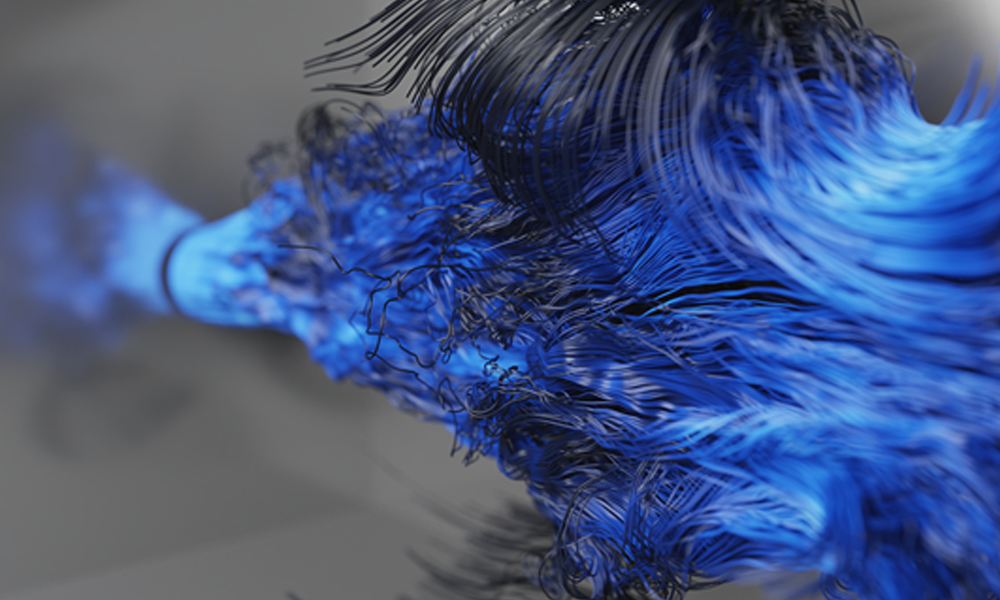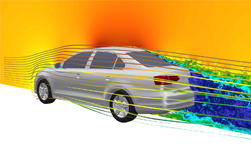Visualization is a great tool for understanding large amounts of data, but transferring the data from an HPC system or from the cloud to a local workstation for analysis can be a painful experience. It’s increasingly popular to avoid the transfer by analyzing and visualizing data in situ: right where it is generated. Moreover, using server-side rendering lets you deliver high quality visual content to any client hardware, whether it’s a DGX station or a smartphone.

Visualization tool developers increasingly support server-side rendering. Popular open source visualization tools like ParaView, VisIt or VMD, or commercial tools like Intelligent Light’s FieldView all take advantage of server-side rendering for big data workloads.
Intelligent Light and Daimler AG use server-based pipelines to analyze the results of their large-scale vehicle simulations. To validate thermal operating bounds when designing new vehicles, Intelligent Light’s FieldView can be used to visualize the results of highly-parallel simulations. Sifting through the 15 terabytes of data from this simulation is much more quickly done on the server that ran the simulation, after which the salient time steps can be extracted and used to visually communicate results.
Data analytics and machine learning tools such as MapD are also moving towards server-side visualization, demonstrating huge performance gains from accelerating the full server-side analytics pipeline.
With the arrival of EGL, taking advantage of OpenGL on a headless server has become even simpler, making it unnecessary to run an X server or any other tools. It does, however, require some slight modifications to your OpenGL context management code using EGL functions.
Using EGL also requires you to link your application to different libraries. A new NVIDIA Developer Blog post demonstrates how to correctly link a modern OpenGL application.
Read more >
Linking OpenGL for Server-Side Rendering
Aug 16, 2017
Discuss (0)

Related resources
- DLI course: NVIDIA Networking Academy
- GTC session: Autodesk’s Next-Generation Viewport System
- NGC Containers: CUDA GL
- NGC Containers: genai-model-server
- NGC Containers: Omniverse Kit SDK - Application Streaming
- SDK: Displaced Micromesh (DMM)








